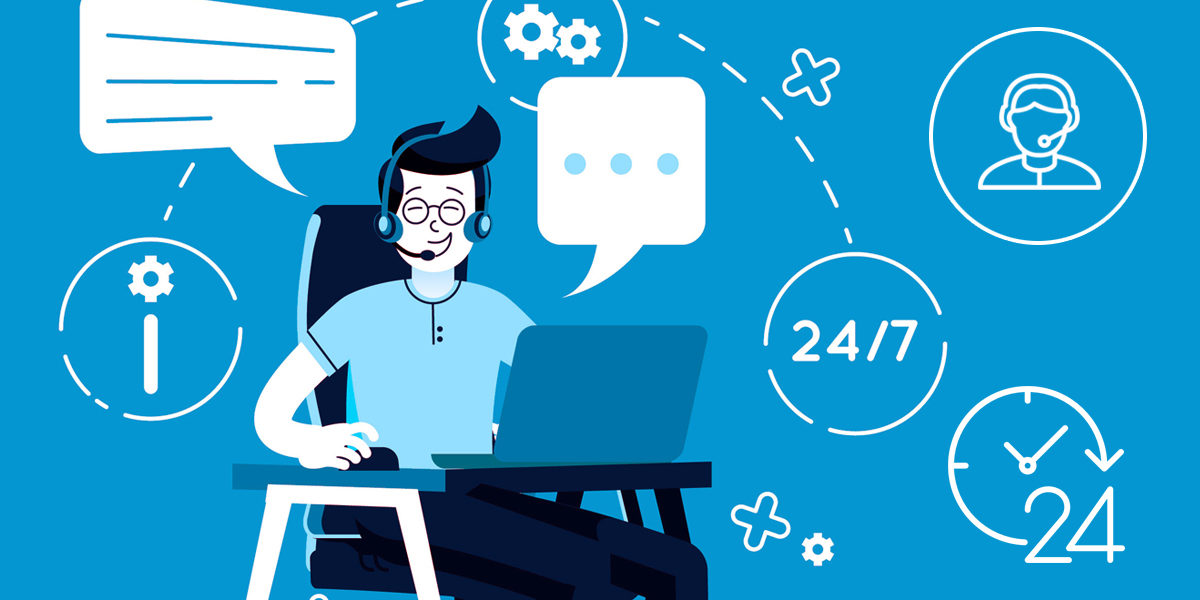In market economies, cold calling is considered one of the most important methods to reach to customers. Cold calling is a process where anonymous people were chosen randomly by salespersons and given phone calls or door to door visits to inform them about products or services.
Sometimes cold calling does not stand on the expectations of a small business. In such circumstances, businesses choose different tactics to improve their cold calling process. In this article, we will discuss some important and clever tactics to improve your cold calling process.
Break Down Cold Calling
Cold calling is a strategy in which a businessperson contacts people who have not recently communicated enthusiasm for the offered items or services. Cold calling ordinarily alludes to requesting by telephone or telemarketing, yet can likewise include face to face visits, for example, with way to-entryway salesmen. Successful cold call salespersons should be relentless and willing to endure rejection. To be successful, they should get ready by examining the socioeconomics of their prospects and the market. Subsequently, callings that depend vigorously on cold calling commonly have a high wearing down rate.
Difficulties In Cold Calling
Cold calling creates different purchaser reactions, for example, acknowledgment; call terminations or hang-ups, and even verbal assaults. Advertising examiners gauge the achievement rate of cold pitching is 2% for a talented expert. In view of this gauge, just 5 out of 250 calls will be fruitful. On the other hand, a warm-call sales representative flaunts a progressively great achievement rate of around 30%.
As innovation propels, cold calling has turned out to be less desirable. More up to date, increasingly compelling prospecting strategies are accessible, including email, content, and internet-based life showcasing through outlets like Facebook and Twitter. Contrasted with cold pitching, these new techniques are regularly progressively productive and powerful at creating new leads.
Six Ways To Improve Your Cold Calling Process
1. Dialers
It takes 18 dials to connect with a buyer. So computerize it with a power dialer, and spare important time for your SDR. Automating the dialing procedure likewise decreases the intellectual load on your sales representatives. This gives your rep a chance to make more progress, and remain concentrated on moving as opposed to perusing through databases and dialing. A computerized dialer can offer up to 250% expanded efficiency.
2. Answering Machine Detector
Answering machine detector is s commonly inbuilt in Predictive Dialer or autodialer. When it hears the signal of the voice-mail it separates. A pre-recorded phone message can be considerably progressively compelling particularly in the event that it incorporates a planned get back to time. AMD spares time for your operators. Like the dialer, this outcome in expanded operator usage and talk time. Your agent invests more energy conversing with genuine prospects.
3. CRM Integration
The hardest part of cold calling is in effect totally in the visually impaired. Any data your business agents have about the prospect can enable them to get a foot in the entryway. Give them a chance to have simple access to every one of the information you have on the prospect. This is particularly critical while up selling, strategically pitching or even haphazardly reconnecting existing clients.
It enables your SDR to customize their pitch making each call increasingly viable. Great screen pop coordination with your CRM application likewise reinforces your database. This is on the grounds that all notes and consider auras that your business rep makes, get spared into your CRM. This information is then open amid follow up calls, so it computerizes and enhances your whole deals process.
4. Scheduler
The scheduler can plan a call time and date while wrapping up the call in their operator dashboard in their screen. Your dialer calls can likewise be planned for your auto dialer or according to your client/prospects call history. Make it simple for SDRs to build their transformations by 80%. (80% deals go to the individuals who pursue up*). In addition, with computerized planning, you guarantee your SDRs can adhere to their arrangement times, emphasizing their (and your business’s) dependability.
5. Transfer And Conferencing
Your prospect needs data, point by point data, and more data previously they settle on a choice. For instance, 6 out of 10 purchasers need to examine evaluating on the primary call. Furthermore, more than half of prospects need to perceive how the item deals with the principal call. *Warm exchange apparatuses can empower your SDR to associate or meeting in specialists from inside your association, in a couple of snaps. Your SDR uses the conference or transfer button to initiate a warm transfer/call conference or a colleague who can answer their queries immediately. It helps in close the deal early. It helps in leads and transfers them to a senior representative in a single call.
6. Text Message And E-Mail
Email or text message follow up to a call is very important, however,, for the most part, it’s not quick enough. Guarantee your SDR (single data rate) has catches to click, readily available, to send off that email or instant message immediately. Automation can guarantee you respond way quicker using a text messaging software or automated email set up, without lessening your SDR’s discussion time or redirecting him/her from calling the following prospect.
Conclusion
Cold calling may never be many diversions for you, you can improve at it, and the more you practice, the more successful a business procedure it will be. So get your content and you assemble rundown and reach for the telephone. The general populations who need to work with you are out there – yet you need to tell them about you first.
